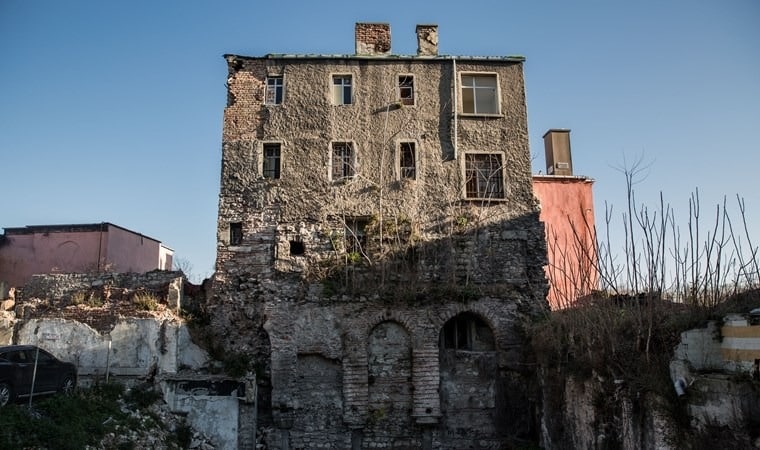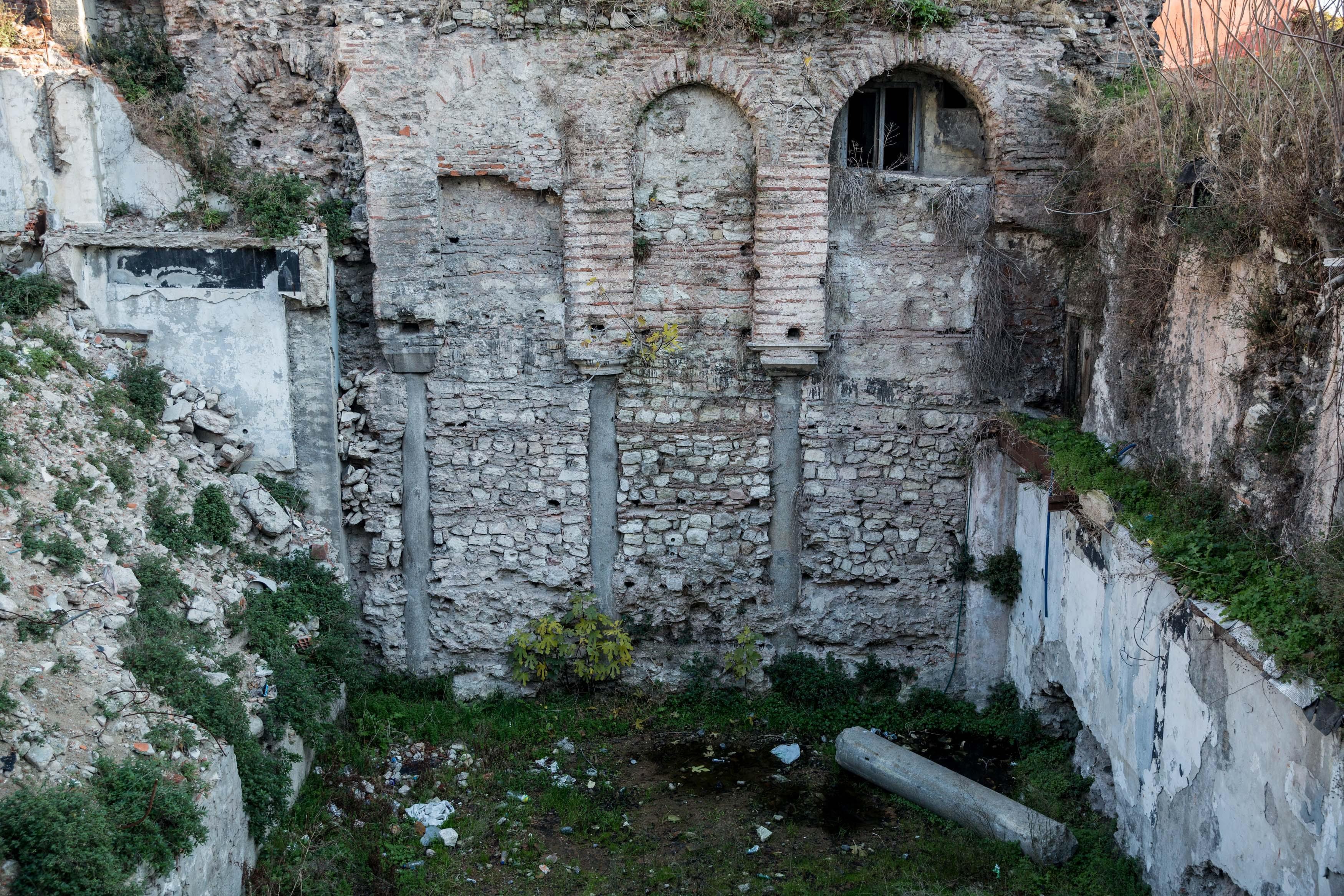Historic 4-Storey Building In Istanbul That Traces Of The Byzantine, Roman, Ottoman Empire And Republic Eras
Istanbul, a city with a rich historical tapestry, is home to a fascinating building in the Cağaloğlu district that encapsulates the essence of its diverse past.
The four-storey house has a history spanning centuries, and each floor of this represents a different era: the Roman, Byzantine, Ottoman, and Republic periods.
History researcher Mehmet Dilbaz, in an evaluation for Demirören News Agency (DHA), shed light on this unique structure that represents three different empires and periods.

A Historical Layer Cake
According to Mehmet Dilbaz, Istanbul is a city where layers of history are piled on top of each other. This building in Cağaloğlu perfectly illustrates this phenomenon.
At the base of the building lies a Roman-era cistern, approximately 1800 years old.
This ancient cistern was buried over time as the city’s elevation rose due to construction and natural events like earthquakes.

During the Ottoman Empire, a new structure was built atop the buried cistern.
This Ottoman-era building eventually became buried as well.
The current building, which dates back to the Republic period, was constructed above it.
“Three different empires, three different periods, three different states—Roman, Byzantine, and Ottoman—all piled up on top of each other and emerged, ” said Dilbaz.

Similar Buildings
The history researcher notes that similar structures can be found throughout the city, particularly in the historic Fatih district, showcasing Istanbul’s multicultural essence.
Each layer speaks to the city’s role as a crossroads of civilizations, where diverse cultures converged and coexisted over centuries.

The Need for Preservation
Despite its historical importance, the building is currently up for sale, priced at $1.75 million. This raises concerns about its preservation.
Dilbaz emphasizes that the area is a first-degree protected zone, meaning immediate action is needed to conserve the site.
The ancient cistern and Ottoman ruins beneath the current building represent valuable historical artifacts that should be preserved for future generations.


